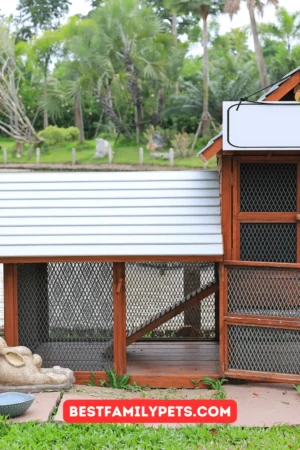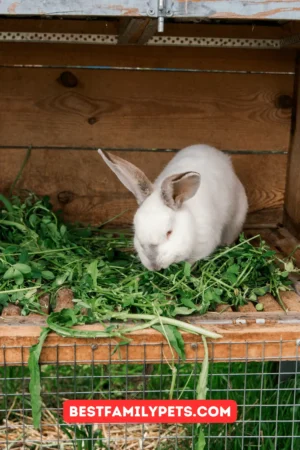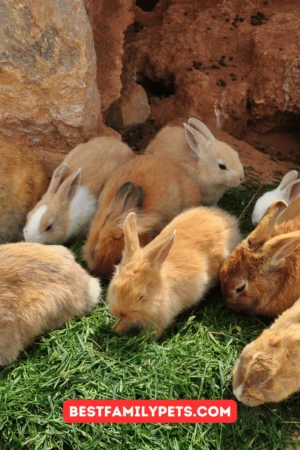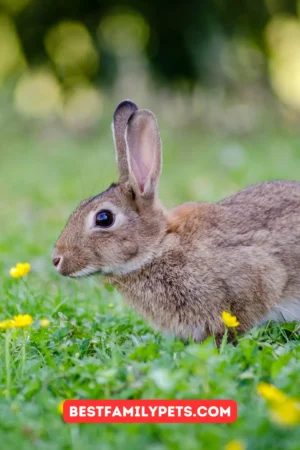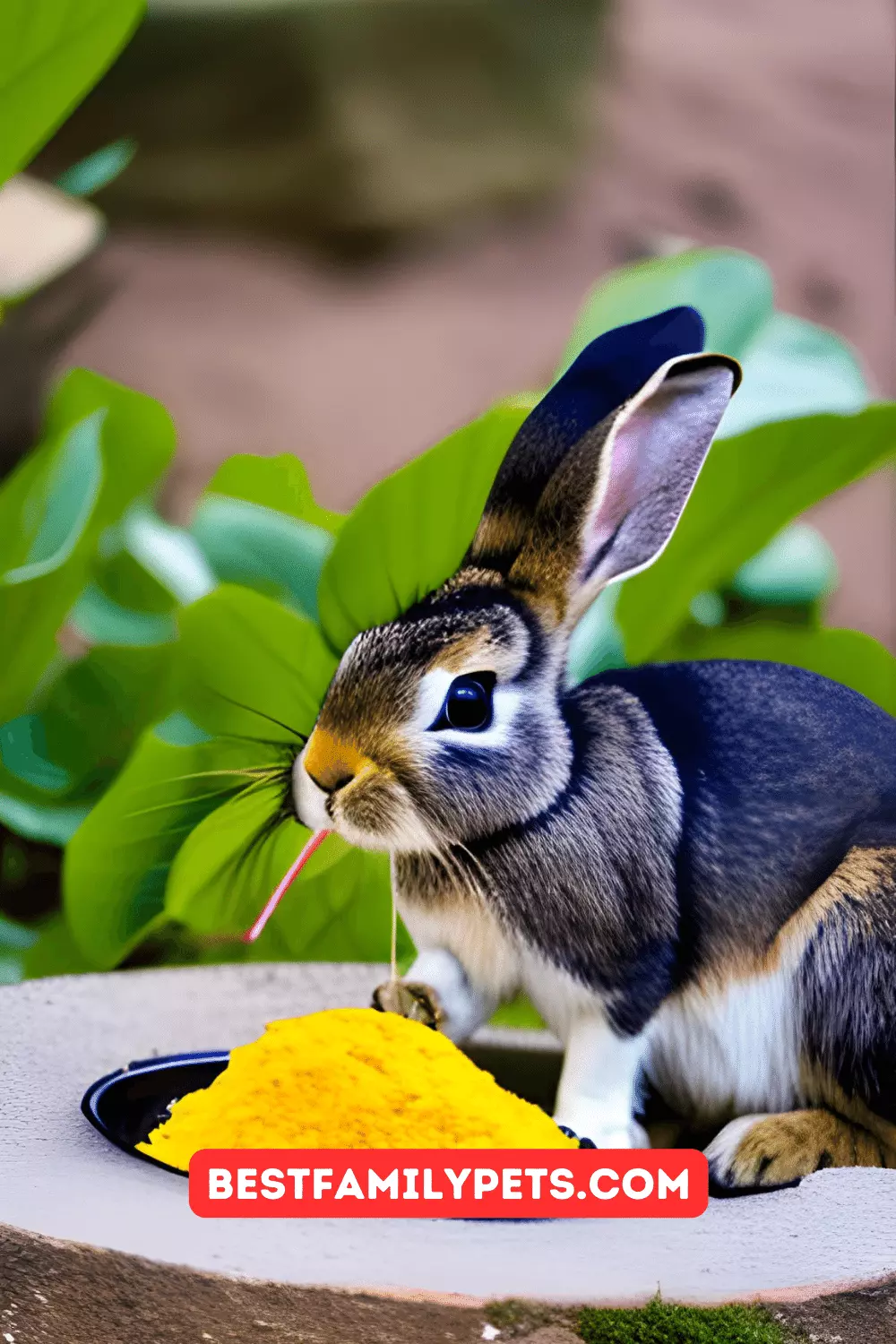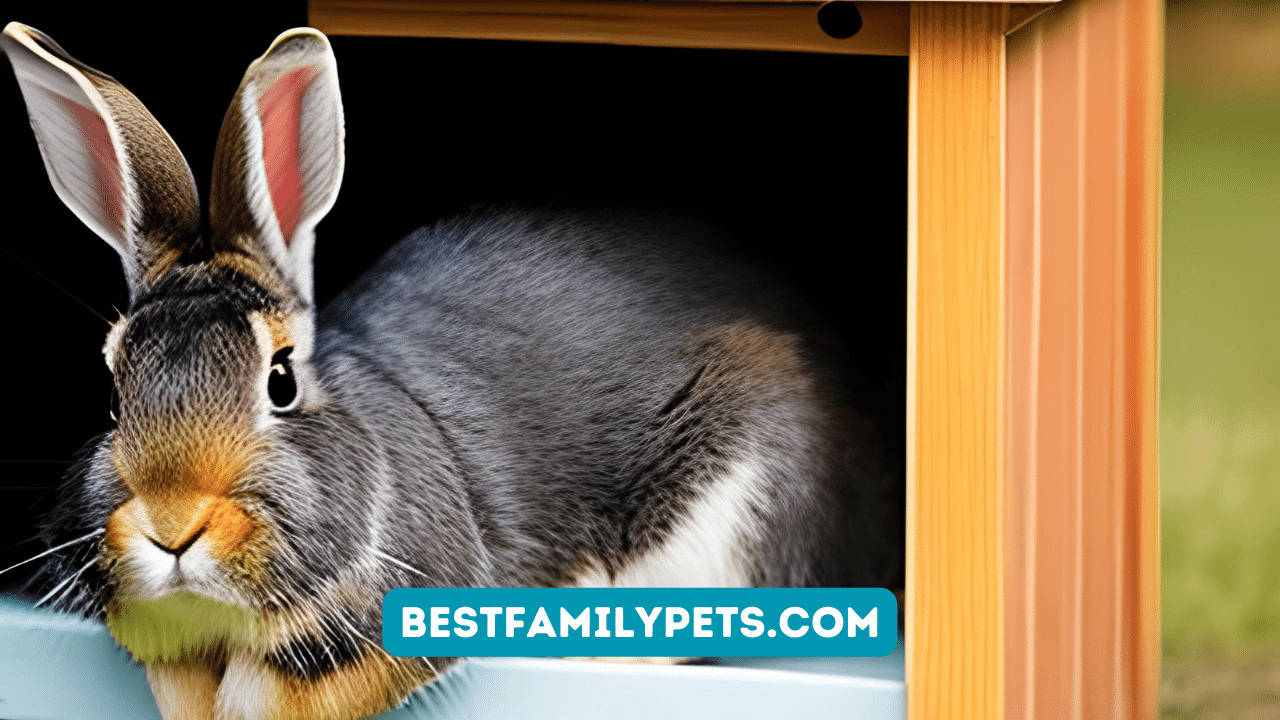Rabbit Habitats in Melbourne: A Comprehensive Guide
Unveiling rabbit habitats in Melbourne! Discover where they thrive, their impact, and how to coexist responsibly.
Melbourne’s diverse landscape offers various potential habitats for rabbits, both native and introduced. Understanding these habitats is crucial for anyone interested in learning more about these fascinating creatures or for those who may encounter them in urban or natural settings.
Understanding Rabbit Species in Melbourne
- The European Rabbit (Oryctolagus cuniculus): This introduced species is the most common rabbit found in Melbourne and has established itself throughout the city and surrounding areas. Known for its rapid breeding and burrowing behavior, it can significantly impact native flora and fauna.
- The Eastern Cottontail Rabbit (Sylvilagus floridanus): Another introduced species, the Eastern Cottontail, is less common than the European rabbit but can be found in some areas. They typically prefer denser vegetation and are smaller in size compared to the European rabbit.
- The Brush-tailed Rabbit-rat (Leporillus apicalis): This native Australian mammal shares some similarities with rabbits but is not closely related. They are nocturnal, ground-dwelling creatures and play an essential role in seed dispersal and ecosystem health.
Recognizing Rabbit Habitat Features
- Vegetation: Rabbits thrive in areas with diverse vegetation, offering both food and shelter. They prefer grasses, herbs, and low-lying shrubs found in:
- Grasslands: Open fields, parks, and golf courses can provide suitable habitats, especially when interspersed with patches of denser vegetation.
- Woodlands: The edges of wooded areas, where sunlight reaches the ground and creates a diverse understory, can be attractive to rabbits.
- Riparian Zones: Stream and riverbanks with abundant vegetation can attract rabbits, particularly if they offer escape routes and hiding places.
- Burrowing: Rabbits are skilled burrowers, creating complex underground networks for shelter, breeding, and raising young. Look for:
- Ground disturbances: Piles of dirt around potential burrow entrances can be a telltale sign of rabbit activity.
- Smooth patches of earth: Rabbits often keep the entrances to their burrows clear of vegetation, creating smooth patches of bare earth.
- Multiple openings: A single burrow system may have multiple entrances and exits, making it difficult for predators to locate them.
- Other factors: Aside from vegetation and burrows, other factors influence rabbit habitat suitability, including:
- Soil type: Loose and sandy soils are easier for rabbits to burrow in compared to hard-packed clay or rocky areas.
- Water availability: While rabbits can survive on moisture from their diet, access to fresh water sources like ponds or streams can be beneficial.
- Human activity: Areas with minimal human disturbance tend to be more attractive to rabbits, offering them a sense of security.
The Impact of Rabbits on Melbourne’s Environment
- Negative impacts: The presence of European rabbits can have several detrimental effects on the environment:
- Overgrazing: Rabbits can rapidly consume large amounts of vegetation, impacting native plant communities and reducing food availability for other herbivores.
- Soil erosion: Extensive burrowing can destabilize the soil, leading to increased erosion, particularly on slopes and riverbanks.
- Competition with native species: Rabbits can compete with native animals for food and resources, potentially impacting their survival and population levels.
- Positive impacts: Despite their negative impacts, rabbits can also play some positive roles in the environment:
- Seed dispersal: Their foraging activities can help disperse seeds, contributing to plant regeneration in some situations.
- Food source for predators: Rabbits are a source of food for native predators like foxes and owls, playing a role in the food chain.
Managing Rabbit Populations in Melbourne
- Responsible rabbit ownership: If you keep rabbits as pets, ensure they are housed in appropriate enclosures and prevent them from escaping and establishing themselves in the wild.
- Rabbit control programs: Various government and community-based programs aim to control rabbit populations in specific areas. These programs may employ various methods, including:
- Trapping and removal: This method involves capturing rabbits using humane traps and removing them from the area.
- Habitat modification: Altering the landscape to make it less suitable for rabbits, such as removing dense vegetation or blocking burrow entrances, can discourage them from establishing themselves in an area.
- Biological control: Introducing natural predators, such as foxes or ferrets, can be used in specific situations to manage rabbit populations.
Coexisting with Rabbits in Melbourne
- Identifying rabbit damage: If you suspect rabbit activity in your garden or property, look for:
- Chewed vegetation: Look for signs of nibbling on leaves, stems, and bark of plants.
- Burrowing activity: As mentioned earlier, signs like piles of dirt, smooth patches of earth, and multiple openings can indicate active burrows.
- Droppings: Rabbit droppings are small, round pellets, and their presence can confirm rabbit activity in an area.
- Protecting your property from rabbits: Several methods can help deter rabbits from damaging your property:
- Fencing: Installing a rabbit-proof fence around your garden or property can effectively exclude rabbits. The fence should be buried underground to prevent them from burrowing underneath.
- Plant selection: Choose plants that are less palatable to rabbits, such as rosemary, lavender, and certain varieties of ferns.
- Repellents: There are various commercially available rabbit repellents, but their effectiveness can vary and may need to be reapplied regularly.
Frequently Asked Questions (FAQs)
- Q: Are rabbits native to Melbourne?
- A: No, the European rabbit and the Eastern Cottontail rabbit are both introduced species and not native to Melbourne or Australia.
- Q: Should I feed wild rabbits?
- A: It’s generally not recommended to feed wild rabbits. While it may seem like a kind gesture, it can disrupt their natural feeding habits and contribute to overpopulation.
- Q: What should I do if I find a sick or injured rabbit?
- A: Contact a wildlife rescue organization or veterinarian for advice on how to handle the situation safely and humanely. Do not attempt to handle a wild rabbit yourself, as they can carry diseases and may bite or scratch if they feel threatened.
Additional Resources:
- Department of Environment, Land, Water and Planning (Victoria): https://en.wikipedia.org/wiki/Department_of_Environment,_Land,_Water_and_Planning
- Australian Rabbit Action Network: https://vran.com.au/resources/
- RSPCA Victoria: https://rspcavic.org/
Conclusion:
Understanding rabbit habitats in Melbourne is crucial for responsible rabbit ownership, managing their populations, and coexisting with them in a sustainable way. By learning about their habits and the potential impacts they can have on the environment, we can work towards minimizing their negative effects while appreciating their role in the ecosystem.
You may also like these:
-

The Importance of Size in Rabbit Habitats
Learn why the importance of size in rabbit habitats is crucial for your bunny’s physical & mental health. Discover minimum requirements & creative solutions for a happy rabbit!
-



Cleaning and Maintaining Rabbit Accommodations
Keep your bunny happy and healthy! Learn how to properly clean and maintain your rabbit’s accommodations with this comprehensive guide.
-



Rabbit Houses and Their Features: Creating a Safe and Happy Home for Your Bunny
Craft the perfect rabbit houses! Explore key features, considerations & tips to create a happy bunny haven. Learn about rabbit houses and their features today!
-



Rabbit Behavior and Needs: A Guide to Happy Hopping
Unleash the happy hops! Explore rabbit behavior and needs for a thriving bunny companion. Learn about social instincts, diet, enrichment, and more!
-



How to Choose a Rabbit Cage: A Guide to Rabbit Cages
Choosing a Rabbit Cage: A Guide to Finding the Perfect Home for Your Hoppy Friend. Learn how to pick the right size, material, and features. #HowtoChooseaRabbitCage
-



How to Choose a Rabbit Hutch: A Guide for Happy Hoppers
Unveiling the secrets to selecting the perfect rabbit hutch! Learn about sizing, materials, features, and more to create a happy home for your furry friend. #HowToChooseARabbitHutch
-



Rabbit Care Essentials: Keeping Your Bunny Happy and Healthy
Unlock the secrets to a happy, healthy bunny! Learn all about rabbit care essentials, from housing & diet to healthcare & enrichment. Before welcoming a fluffy friend into your life, it’s crucial to understand their needs. This guide delves into the essential aspects of rabbit care, ensuring you provide a loving and enriching environment for…
-



Rabbit Habitats in Melbourne: A Comprehensive Guide
Unveiling rabbit habitats in Melbourne! Discover where they thrive, their impact, and how to coexist responsibly. Melbourne’s diverse landscape offers various potential habitats for rabbits, both native and introduced. Understanding these habitats is crucial for anyone interested in learning more about these fascinating creatures or for those who may encounter them in urban or natural…
-



Is Buying a Second-Hand Rabbit Hutch a Good Idea?
Considering a second-hand rabbit hutch? Get expert advice and make the right choice for your furry friend. Read our guide now!
-



Top 10 Best Selling List for Rabbit Bed Large Pink
If you’re a rabbit owner, you know how important it is to provide your furry friend with a cozy and comfortable place to rest. Rabbit beds come in various shapes, sizes, and colors, but finding the perfect one for your bunny can be a daunting task. To make your search easier, we’ve compiled a list…
-



Trixie Natura Rabbit Hutch With Outdoor Run
Give your bunny a happy home! Trixie Natura Hutch + Outdoor Run: Top Features & Must-Know Considerations!
-



Rabbit Food: Which One is Best?
Discover the best rabbit food for your furry friend! Find the perfect nourishment to keep your bunny happy and healthy. Hop on now!
-



What Does Rabbit Taste like?
What Does Rabbit Taste like? Discover the unique taste of rabbit meat! Dive into our comprehensive guide and learn about its flavor and benefits.
-



Rabbit Hutches, Cages & Houses for Sale in Melbourne
Explore a wide range of rabbit hutches, cages, and houses for sale in Melbourne. Provide your furry friend with a comfortable home today
-



The Great and Small Rabbit Hutch: Finding the Perfect Fit
Give your furry friend the perfect home! Find the ideal rabbit hutch, big or small, with our expert guide. Start shopping now!



